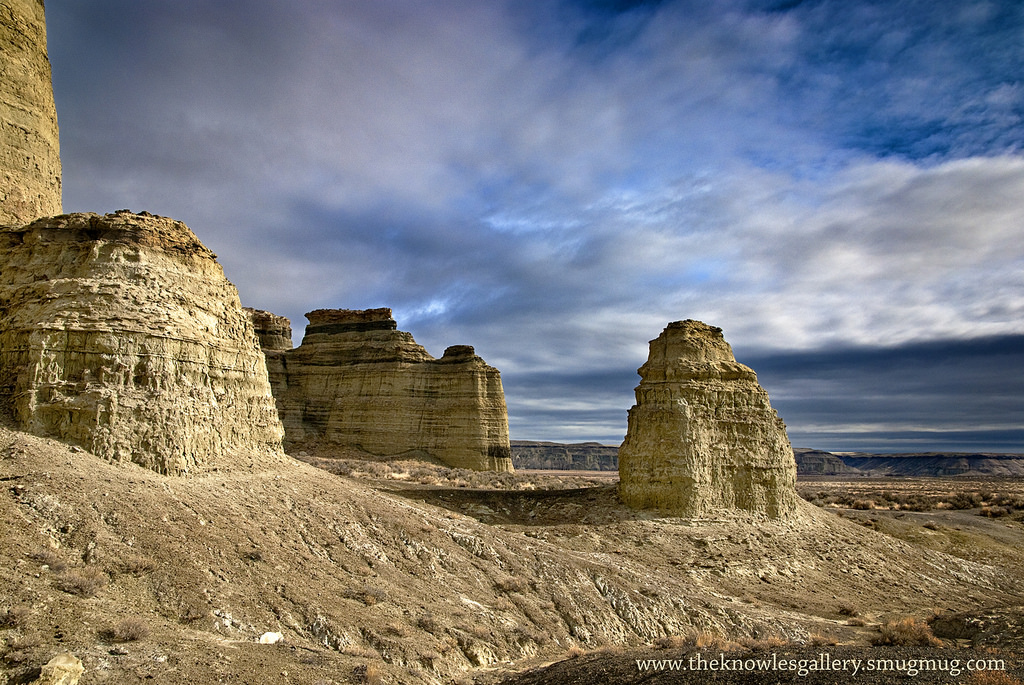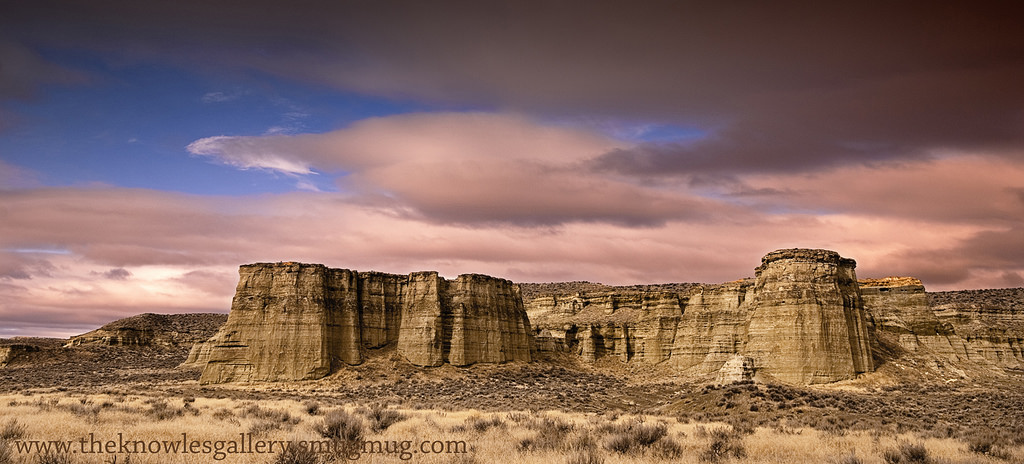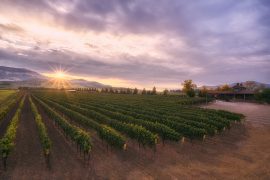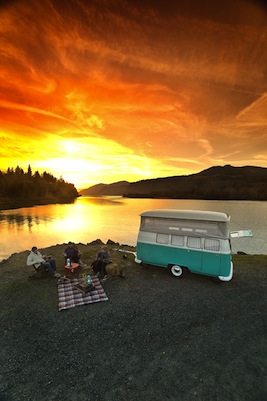written by Ben McBee |photos by Charles Knowles
It turns out, not all roads lead to Rome, Oregon. In fact, only one worthy of pavement does – U.S. Route 95. While the humble, unincorporated community in Malheur County may not have a towering shrine to the sun god Apollo, or any sort of venue to watch gladiators battle to the gory end, it does have a post office, one restaurant, and most importantly, a gas station.
Everyone knows, when the needle on the dashboard drops dreadfully, jaw-clenchingly close to empty in the middle of nowhere, four dollars doesn’t seem too expensive for a gallon of gas.
Still, why is a remote town in the high desert named after the capital city of the ancient world’s most powerful empire? Well, the glory of this Rome does not come from the creations of man, but rather formations of the earth.
The southeastern corner of Oregon is a paradise for rock hounds and nature lovers alike. Steens Mountain, a basalt fault block peak, rises like a colossal sentinel above the Alvord Desert. The Owyhee River Canyon’s rugged vastness is grand, without the crowds and tour buses, and is a perfect setting for whitewater rafting. Arock, another unincorporated community of similarly diminutive stature boasts a boulder marked with intriguing Native American petroglyphs (as well as a fairly unimaginative name).
But the Pillars of Rome certainly take the prize for “best excuse to stray from the Idaho-Oregon-Nevada Highway”. Standing 100 feet tall and stretching for five miles, these fossil-laden clay cliffs tower above the surrounding landscape and once unsurprisingly served as a landmark for stagecoach travelers on the Oregon Trail. It was a homesteader, William F. Stine, who in the early 20th century remarked the bluffs’ likeness to the ruins of Roman temples.
A well-graded gravel road with helpful signs travels from the general store into the heart of the columns, where fields of sagebrush seem to go on forever and the silence is palpable. Throughout the day, shifting light and clouds bring new character to the hoodoos, although for optimal viewing, admiring their alabaster white façade against the purples and pinks of a sunset is an awe-inspiring experience. Whether you use an iPhone or a DSLR and tripod, snapping a panorama photo is a must.

Holding true to the idiom, the incredible structure was not built in one day. Ash deposits from the region’s violent volcanic past and fluvial sediment from massive prehistoric lakes provided the geologic foundation for what would one day become the monument. It then took millions of years for erosion to excavate the looser surrounding material that long buried them. If you venture for a closer look, proceed with caution, as large slabs could break off and plummet with any sort of movement. A “look but don’t touch policy” is probably for the best.
Soak in all of the grandeur, but also take the time to look at the rocks at your feet. Snakeskin agates, notable for their webbed, scale-like surface can be found amongst the brambles, as can rounded pieces of obsidian.
Did You Know?
Owyhee is actually a variation of the word Hawaii. During a Hudson’s Bay Company fur trapping expedition in 1819, two members of the team, who hailed from the tropical islands, were killed by Snake Indians, and the Owyhee River was named in their honor. So in a strange twist of geographical nomenclature, elements of Rome and Hawaii come together in the arid desert of Oregon.
[/su_panel]
Peeling paint and parked semi-trucks may not evoke the architecture of the “Eternal City”, but Rome, Oregon does exhibit a sense of resiliency and survival that leads one to imagine that it has actually been there forever, and will just go on existing – a quality that makes it a worthy stop on any road trip.










The people there don’t like people coming in and trespassing, yet you’ll always find some that find a way to get around it
Unfortunately, the area is peppered with several “No Trespassing” signs now. The pillars are still incredible to view but, must now be done from the roadside. That being said, on a recent visit, some friends and I knocked on a couple doors and were able to speak with the landowner to get permission to roam about. So, that’s always worth a shot if you really want to hike around.
That’s a great travel tip Brent! Thanks for sharing!